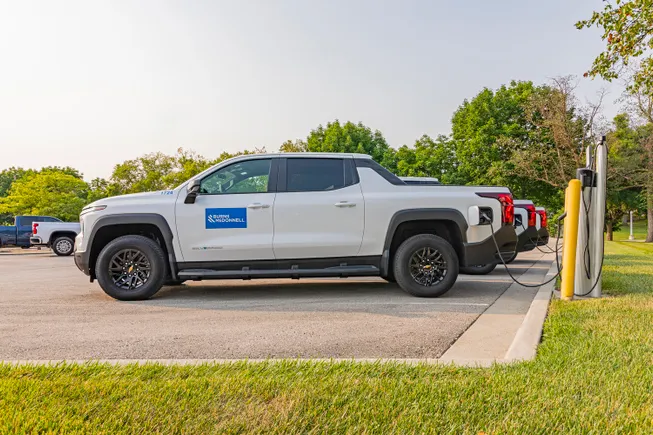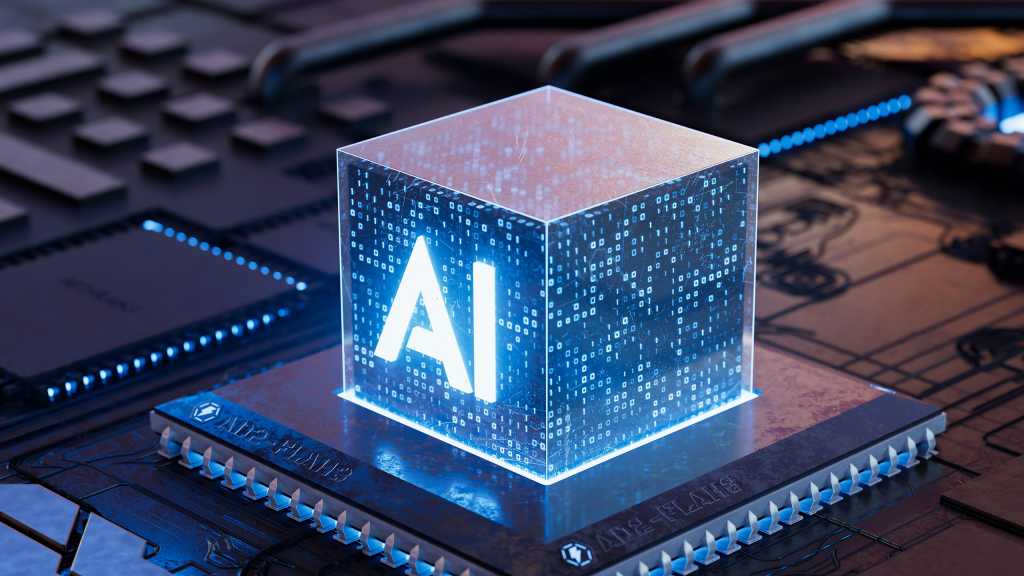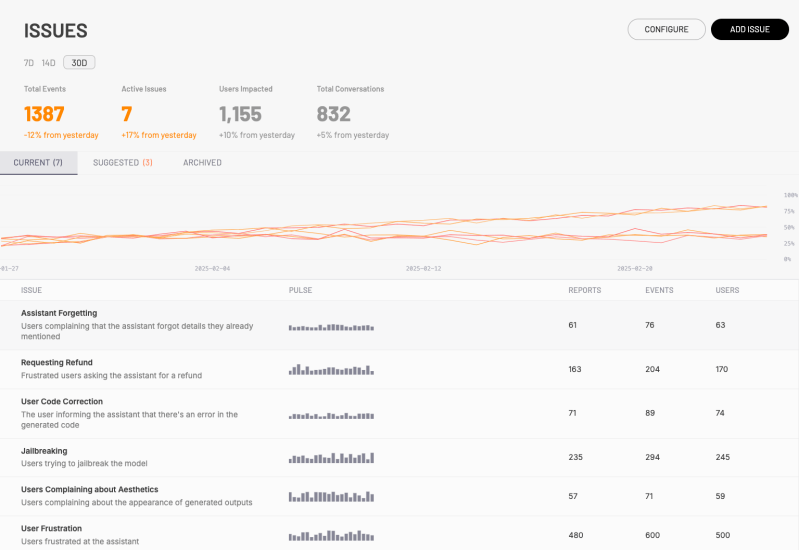
We’re making progress toward electrifying America’s transportation fleet. While challenges remain on the road ahead, the future is bright with the promise of long-term cost savings, energy independence and operational efficiency.
While conventional internal combustion engine (ICE) vehicles have long been the backbone of the American automotive industry, electric vehicles (EVs) present an opportunity to reduce fuel expenses, lower maintenance costs and strengthen domestic energy security.
For fleet operators, making the transition requires a strategic approach. Here are three key factors that organizations looking to electrify their fleets should weigh when making the important commitment to go electric.
Choose the Right EVs
While it might sound simple to replace a diesel or gasoline-powered fleet with an EV alternative, it’s important to understand how your vehicles operate so that performance demands are accounted for.
The first step is to analyze duty cycles for the EVs: What will be the demands for range, load capacity, idle times and charging opportunities?
A last-mile delivery van operating in a dense urban environment with predictable routes and frequent stops and starts may prove to be well suited for electrification. Meanwhile, a long-haul Class 8 truck that covers hundreds of miles per day will require a completely different use case analysis. Charging logistics and battery range limitations should be carefully considered.
Payload and driving conditions will be right at the top of the list of considerations. While fuel economy for ICE vehicles depends on engine efficiency, optimal performance for EVs will depend on battery size, regenerative braking opportunities and energy consumption per mile. The regenerative braking opportunities for EVs operating in dense urban environments, for example, will extend the range compared with similar vehicles operating with fewer braking opportunities in suburban or rural settings.
Temperature and environmental considerations also must be weighed. Battery performance varies with relative temperatures, so thermal management strategies will be important. Cabin and battery heating systems necessary for extreme cold conditions could potentially reduce battery capacity by up to 50%. It’s important to consider integrating preconditioning strategies in order to optimize efficiency.
Build Scalable Charging Infrastructure
The charging infrastructure will be among the most critical and complex elements of any decision to go forward with an EV fleet. Without an optimized charging strategy, even the best vehicle selection can result in operational bottlenecks.
Fleet duty cycles and depot constraints must align with the choice of charging hardware. A municipal transit agency running buses that return to a depot each night may be able to use Level 2 chargers that require eight-to-10 hours for full recharging. In contrast, a logistics fleet operating 24/7 may require DC fast chargers (DCFS) that are capable of delivering 150-to-350 kilowatts (kW) to minimize downtime.
Charging infrastructure requires significant electrical capacity. This may require major upgrades at both the site and on the local utility’s grid. A fleet depot that requires many megawatts of additional power for fast chargers must coordinate with the local utility to assess grid impact, substation capacity and any demand charges that could be levied. This may require creative solutions that include on-site battery energy storage systems or a microgrid to mitigate peak demand charges.
Load management systems implemented by fleet operators may be part of the solution. Smart charging strategies that optimize charging schedules can prioritize which vehicles are to be first in line based on the state of charge, route schedules and utility time-of-day rate structures. A transit fleet manager that is able to stagger overnight charging to leverage off-peak electric rates and avoid demand charges may achieve significant cost reductions.
Focusing on Financial Sustainability
It’s obvious that electrification must be economically viable, with upfront investments balanced with long-term savings. Financial modeling must analyze capital expenditures, operational costs, incentives and revenue impacts.
Electrification costs must cover the full gamut, from procurement of the vehicles to the costs of charging infrastructure, electrical upgrades and site development. Transitioning to 50 Class 6 delivery trucks, for example, could require up to $10 million in infrastructure investment, depending on power availability and charger configurations. The impact of these costs could be mitigated, however, depending on the availability of state, federal or utility incentive programs.
A phased approach to electrification can be important for long-term scalability. However, it is crucial to adopt a realistic approach when estimating the future size of fleets. Diligent planning will be important to avoid the traps of overbuilding or incurring other unnecessary costs. Electrical infrastructure should be designed to accommodate future growth while aligning with practical estimates of future fleet deployments. Modular charging solutions and adaptable power distribution systems could be part of the solution, providing the flexibility to avoid excessive upfront investments.
Enhance Your Chances of Success
Fleet electrification is more than just replacing vehicles. A holistic approach that integrates the three pillars — vehicle selection, building scalable charging infrastructure and diligent economic analysis — is the most prudent way to navigate the road ahead.
Evaluating site-specific constraints, potential utility partnerships and long-term opportunities for scalability leads to development of an accurate road map. Navigating toward all electrified future can be rewarding with diligent planning based on an accurate understanding of all the factors for success.



















